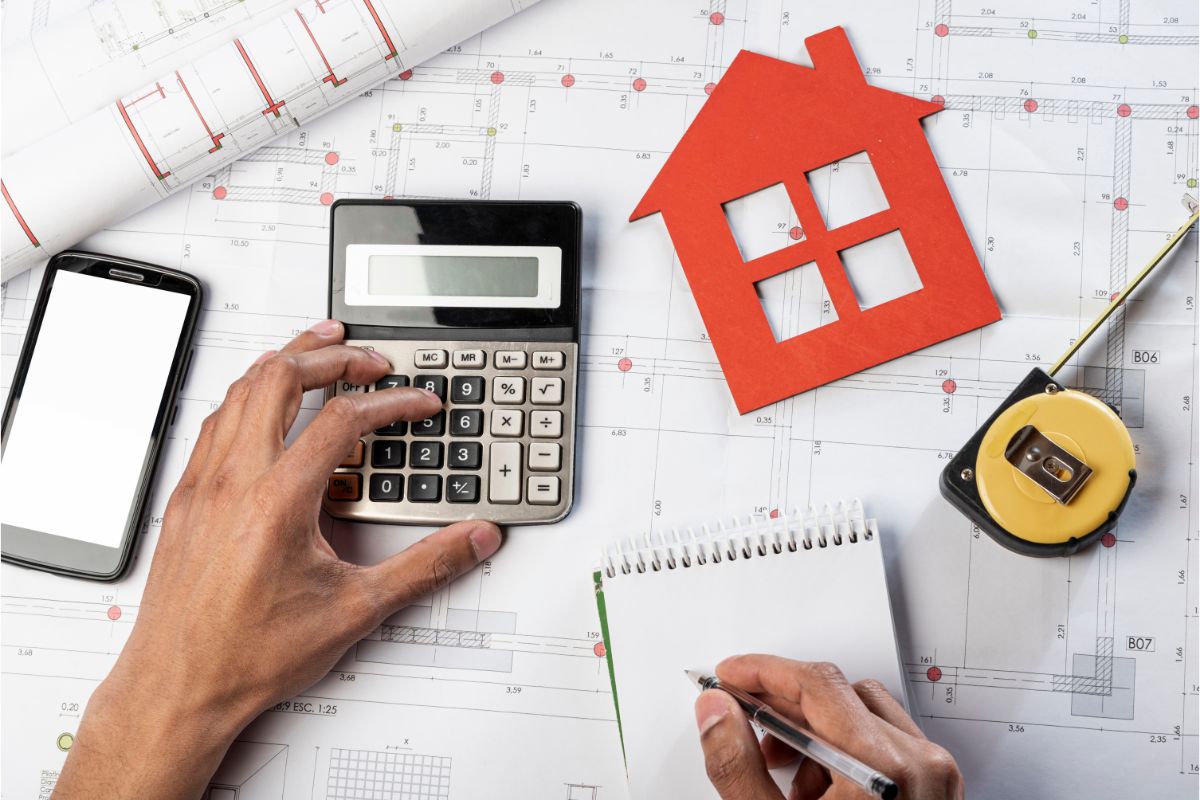Expanding your living space through a home addition project can be an exciting endeavor. However, it requires careful planning and budgeting to ensure the project’s success. Before you get started on your home addition project, it’s important to know the essential steps needed to plan and budget effectively.
Step 1) Define Your Goals and Establish a Plan
Before diving into the financial aspects, it’s crucial to have a clear vision of what you want to achieve with your home addition. Consider factors like the purpose of the addition, desired square footage, and overall design. Once you have a solid plan in place, you can move forward with the budgeting process.
Step 2) Research Local Contractors for Home Additions
Finding a reliable and experienced home addition contractor is vital to the success of your project. Start by researching local contractors or home addition companies. Seek recommendations from friends, family, or neighbors who have completed similar projects. Evaluate each contractor’s portfolio, references, and certifications before making a final decision.
Step 3) Calculate Your Budget
Now it’s time to determine your budget for the home addition project. Consider the following key factors:
Cost Estimation:
Obtain detailed cost estimates from your chosen contractor. They should include both labor and materials. Be sure to communicate your budget limitations and discuss any potential cost-saving measures.
Home Equity Line of Credit or Home Equity Loan:
Explore financing options like a home equity line of credit or a home equity loan. These can provide additional funds for your project based on the equity you have in your home.
Additional Costs:
Remember to factor in additional expenses beyond the construction itself, such as permits, inspections, design fees, and potential temporary housing arrangements during the renovation process.
Step 4) Break Down Your Budget into Line Items
To create a comprehensive budget, break it down into line items. Identify and allocate costs for each aspect of the project, including demolition, framing, electrical work, plumbing, HVAC, insulation, flooring, fixtures, and finishes. This breakdown will help you stay organized and track your spending.
Step 5) Allocate Funds for Contingencies
Home addition projects often encounter unforeseen challenges or hidden costs along the way. To safeguard your budget, allocate a portion of your funds as a contingency reserve, typically around 10-20% of the total project cost. This buffer will provide financial flexibility in the event that unexpected expenses arise.
Step 6) Keep Track of Expenses and Adjustments
Throughout the project, maintain a detailed record of all expenses and adjustments made to the budget. Regularly review your spending to ensure it aligns with your initial plan. Being aware of any deviations will allow you to make informed decisions and prevent overspending.
Step 7) Communicate with Your Contractor
Maintaining open communication with your contractor is crucial. Regularly discuss the budget and progress of the project. If any changes or adjustments are needed, collaborate with your contractor to find cost-effective solutions without compromising quality.
Ready to Get Started on Your Home Addition Project?
Planning and budgeting for a home addition project is a critical step towards achieving your dream space. By defining your goals, researching contractors, calculating a realistic budget, and tracking expenses, you can ensure a successful renovation journey.
If you’re ready to work with a contractor who can provide an unbeatable result while saving you money, the White Oak team is the right choice for you. Contact us any time to get started on your home addition project and enhance your Central Indiana home.


